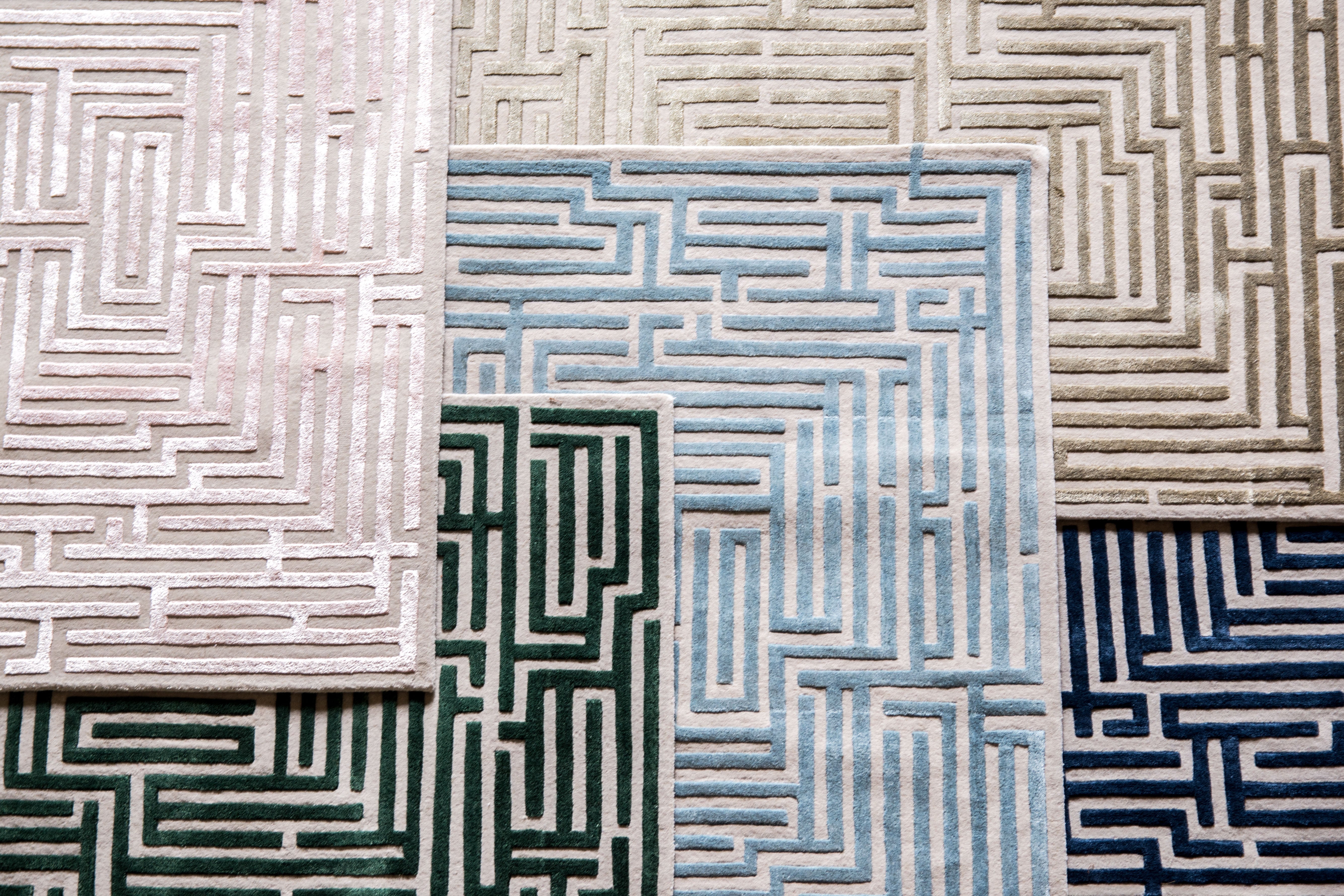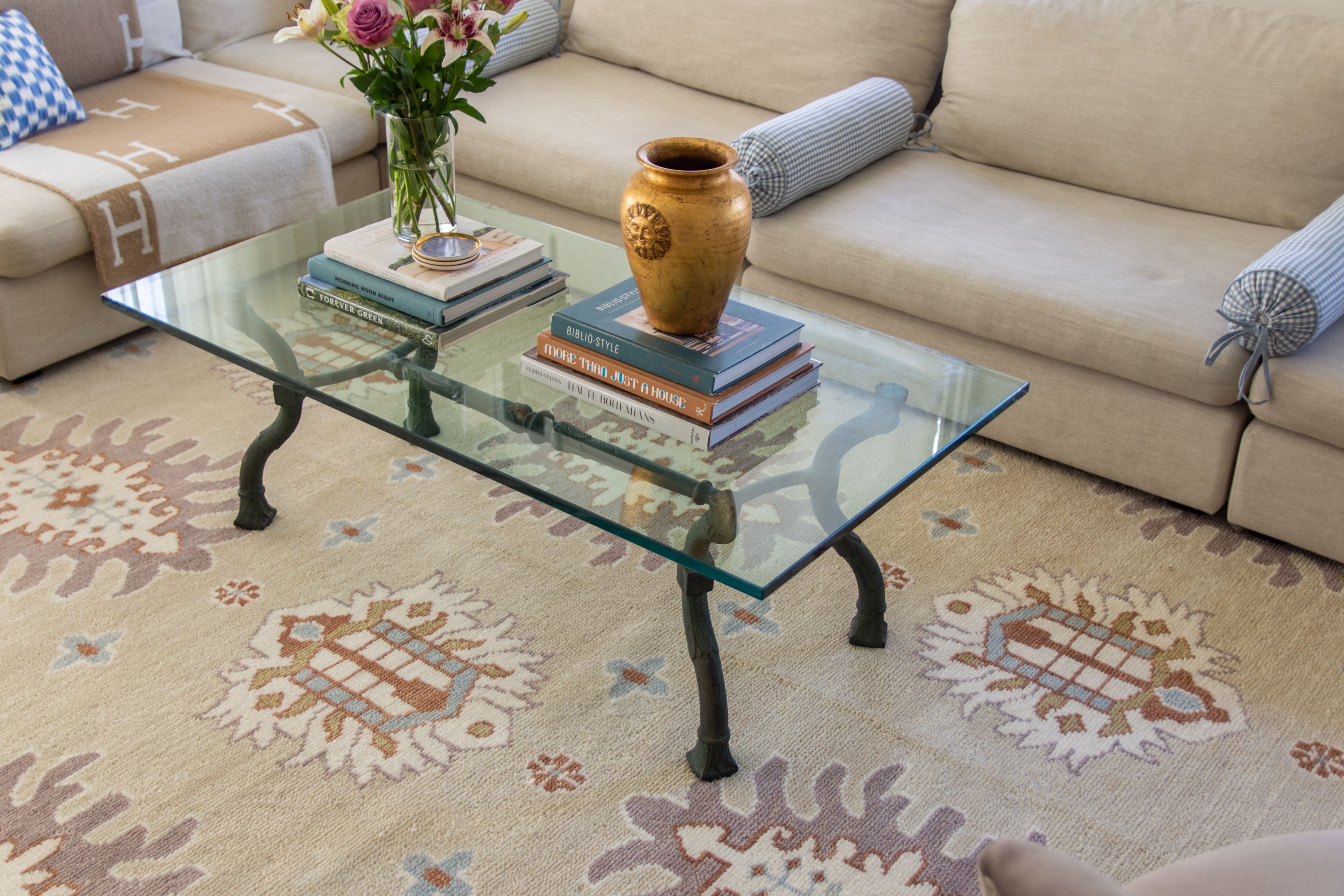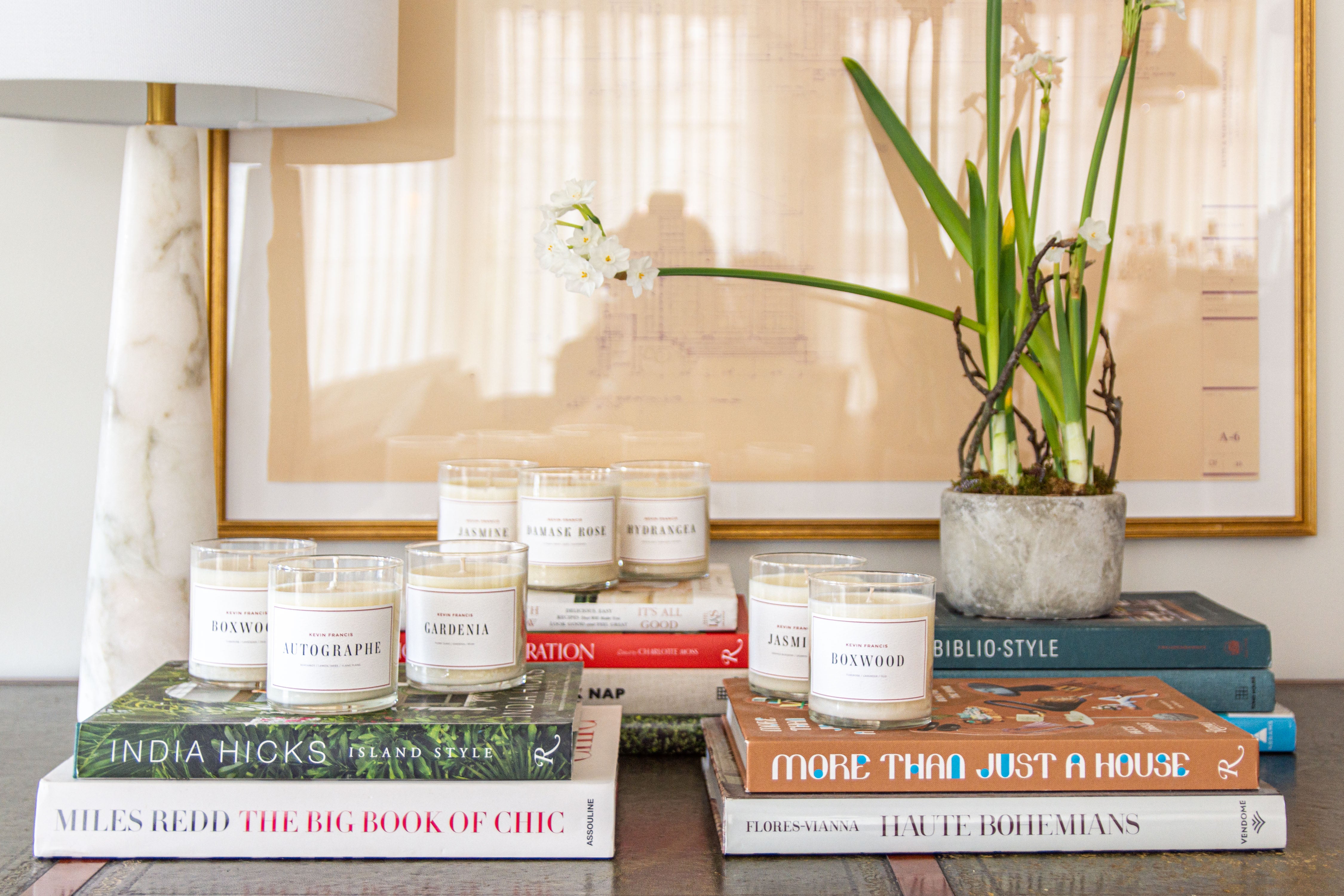The Dos and Don'ts of Cleaning After a Renovation
You've finally completed your home renovation, and the transformation is stunning. However, before you can truly enjoy your newly revamped space, there's a crucial step left — cleaning. Debris, dust, and remnants of construction materials can tarnish the shine of your renovation. This guide is going to walk you through the dos and don'ts of post-renovation cleaning, ensuring your space is pristine and welcoming.
Plan for Disposals
Proper disposal of renovation debris is vital to ensure environmental safety and compliance with local regulations. Materials like paint, solvents, and certain metals can be harmful if not disposed of correctly, potentially leading to soil and water contamination. Start by separating recyclable materials such as glass, plastic, and metals from non-recyclable waste. Get your hands on some Rental Dumpsters to help you sort out the waste correctly and safely. Contact your local waste management facilities to understand the specific disposal guidelines for hazardous materials.
For large amounts of waste, consider hiring a professional waste removal service. They can manage the disposal efficiently and ethically, ensuring that harmful substances are handled appropriately. By taking these steps, you contribute to a cleaner environment and may also discover recycling programs that can reduce the overall impact of your renovation waste.
Ventilate the Area
Ventilating the area post-renovation is crucial for several reasons. Firstly, it helps to clear out any harmful dust and chemical fumes that linger in the air, which can pose health risks when inhaled. Renovation projects often involve substances like paint, solvents, and adhesives, which release volatile organic compounds (VOCs) into the air. Extended exposure to these compounds can lead to respiratory problems, headaches, and other health issues.
Opening windows and using fans to circulate fresh air dilutes the concentration of these pollutants, making the indoor environment safer. Additionally, ventilation aids in drying out any wet surfaces or materials, preventing the growth of mold and mildew, which can damage your newly renovated space and adversely affect indoor air quality.
Use Proper Cleaning Supplies
No cleaning process can commence without the right supplies. Avoid using regular cleaning products for post-renovation cleanups, as they may not be effective in removing construction debris and dust particles. Instead, opt for heavy-duty cleaning solutions that can tackle tough stains, grease, and grime, like the following:
- All-purpose cleaner
- Glass cleaner
- Disinfectant wipes or spray
- Microfiber cloths
- Vacuum cleaner with HEPA filters
- Boom and dustpan
- Mop and bucket
- Scrub brushes
- Rubber gloves
- Trash bags
- Extension cord
- Sponges and scrubbing pads
- Dust masks or respirators
- Protective eyewear
- Bucket or caddy
Proper supplies efficiently tackle the unique mix of dust, debris, and chemical residues. Specialized products ensure thorough cleaning, protecting surfaces from damage and individuals from health hazards. Without them, the cleanup can be ineffective, leaving harmful remnants behind.
Don’t Use Harsh Chemicals Unnecessarily
While the temptation might be strong to use harsh chemicals for a seemingly deep clean post-renovation, it's crucial to proceed with caution. Harsh chemicals can indeed dissolve stubborn stains and grime quickly, but their aggressive nature can damage sensitive surfaces, stripping away finishes or causing discoloration.
Furthermore, the volatile organic compounds (VOCs) found in many strong cleaning agents pose significant health risks. These compounds can aggravate respiratory conditions, trigger allergic reactions, and even lead to long-term health issues with prolonged exposure. Instead, opting for gentler, environmentally friendly cleaning solutions can deliver effective results without the potential harm.
Don’t Ignore Safety Precautions
The environment post-renovation is laden with potential hazards such as sharp objects, toxic substances, and unstable debris. Neglecting to wear protective gear like gloves, masks, and eyewear exposes individuals to harmful materials that can cause injuries or health issues. Dust and chemical residues can irritate skin, eyes, and respiratory systems, leading to discomfort or more severe conditions.
Safety measures also prevent accidents by ensuring a secure cleanup process, protecting both individuals and the newly renovated property. By adhering to safety guidelines, one safeguards their health and ensures the longevity and enjoyment of the renovated space without post-cleanup incidents.
Don’t Rush the Process
A hasty cleanup overlooks smaller, potentially hazardous particles, leaving behind dust and debris that can affect both the quality of the space and your health. Slow, methodical cleaning ensures that every nook and cranny is addressed, preventing dust from settling into your newly renovated home. It also allows for the safe disposal of hazardous materials and prevents damage to delicate surfaces that might occur with rushed, careless cleaning practices.
What's more, taking your time guarantees that all safety precautions are observed, protecting you from potential harm. Ultimately, a patient approach ensures a thorough and safe transition into enjoying your renovated space fully.
In wrapping up, remember that your post-renovation clean-up isn't just a chore, it's the final step in safeguarding your investment and well-being. By following these guidelines, you'll ensure your space is not only visually appealing but also safe and healthy to inhabit. Cherish the fruits of your labor with a clean, refreshed home ready for new memories.










